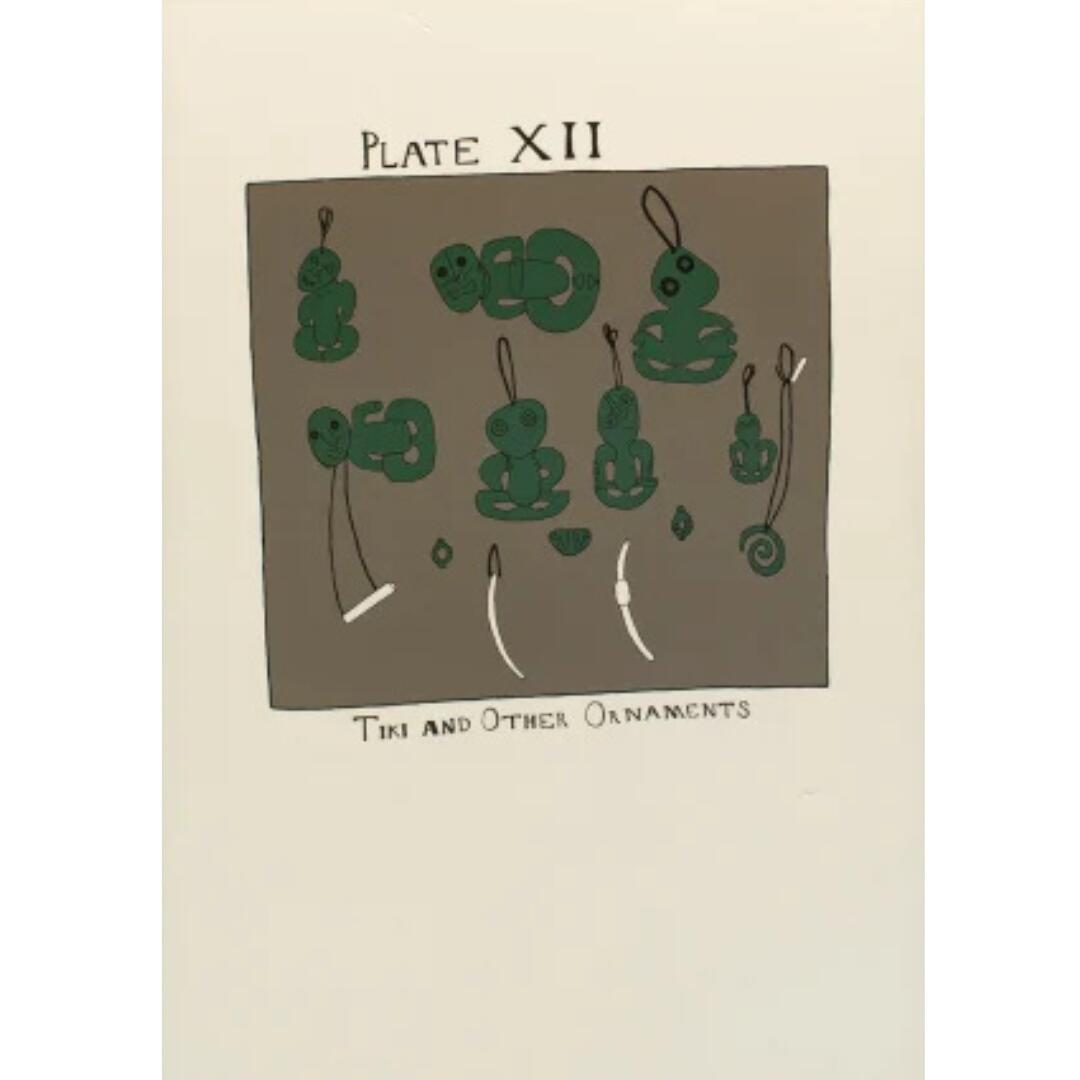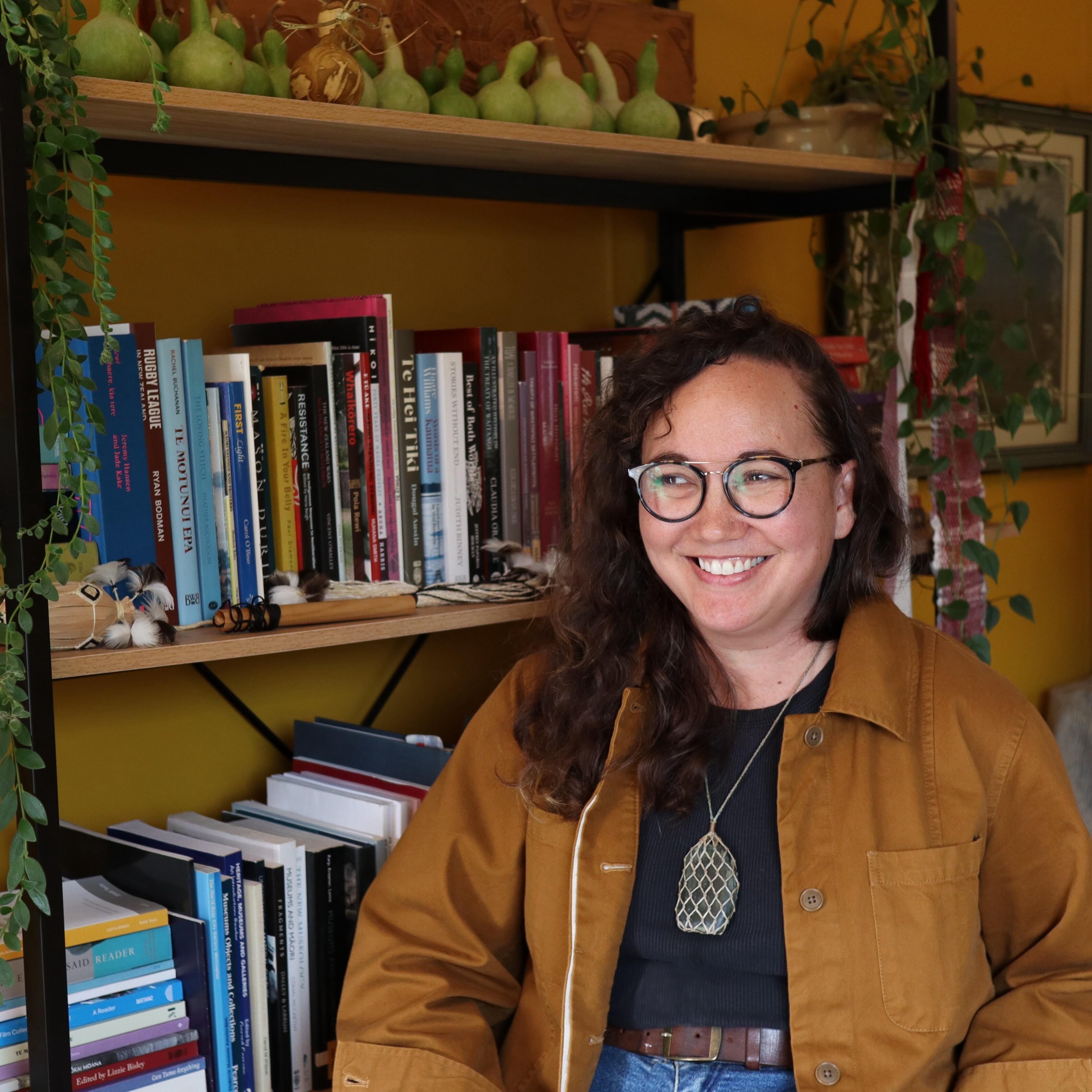— 7.30 – 8.30pm online every Tue

event Details
This course focuses on contemporary Māori art, asserting its existence along a continuum that stretches back before the arrival of Europeans in Aotearoa through to the early contact period, the social upheaval of the 1960s–90s, and the present day. Senior Māori artist Cliff Whiting referred to this continuum as ‘the river’ of Māori art, a concept that allows for an inclusive consideration of contemporary ngā toi Māori (Māori art) that encompasses customary practices and social histories.
The impact of social history and te Tiriti o Waitangi will beat throughout this course. It will illustrate the indelible influence of broader societal events on Māori art, including governmental education initiatives of the so-called Tovey generation, events surrounding the sesquicentennial of te Tiriti and the bold emergence of protest narratives, the role of art in global diplomacy and the success of Māori artists on the world stage, the establishment of Māori schools of visual art, and the emergence of independent artist- and iwi-led art spaces.
Lecture Programme
Week 1: Introduction: The Continuum
This introductory lecture will unpack the concept of ‘iho’ as it relates to the sharing of knowledge and taonga (treasures). There will be a brief overview of the overarching themes and concepts that inform ngā toi Māori.
Week 2: Te Tiriti, Protest and Resistance
This class will focus on the enduring presence of protest and resistance in Māori art. Seminal exhibitions will be discussed, including Mana Tiriti: The Art of Protest and Partnership (1990).
Week 3: Mana Wāhine
This week focuses on wāhine Māori artists and will discuss why gender is so pivotal to consider when studying ngā toi Māori. In what ways are wāhine Māori artists advantaged or disadvantaged? What stories are they relating too?
Week 4: Collectivity and Collectivism
The collective nature of Māori art production will be discussed this week. We will look at how artists create with one another in wānanga as well as the gathering of groups like Ngā Puna Waihanga (Māori Artists and Writers Association) and the Aotearoa Moananui A Kiwa Weavers.
Week 5: The Māori Art History Canon
This week will consider the Māori art history canon: where is it and who is writing it? How is Māori art being canonised in exhibition making in Aotearoa? How are we remembering it?
Week 6: Ki te Whaiao! Ki te Ao Marama!
In this final lecture, we will go global and look at Māori art succeeding on the world stage before returning home to look at iwi initiatives to bring artists together
About the lecturer

Matariki Williams
Matariki Williams (Ngāi Tūhoe, Ngāti Hauiti, Taranaki, Ngāti Whakaue, Te Atihaunui-a-Pāpārangi) is a curator, writer and editor in the arts and cultural sector. In 2024–25, Matariki held the Oroya Day Fellowship in New Zealand Art History at Victoria University Te Herenga Waka, focusing on the continuum of Māori art practice. She is the Visual Arts Director for Kia Mau Festival. Previous roles include as Senior Historian, Mātauranga Māori at the Ministry for Culture and Heritage and Curator Mātauranga Māori at Te Papa Tongarewa Museum of New Zealand. She is a committee member for Te Hā o Ngā Pou Kaituhi Māori – National Māori Writers Network. Matariki lives and works in Whakatāne.
Image credits: Ayesha Green, The Cultural Biography of Things, 2017. | Matariki Williams photo by Sarah Hudson
- Date
- —
- Location
- online
- Cost
- Members $130.00 (+ fees), total for x 6 lectures